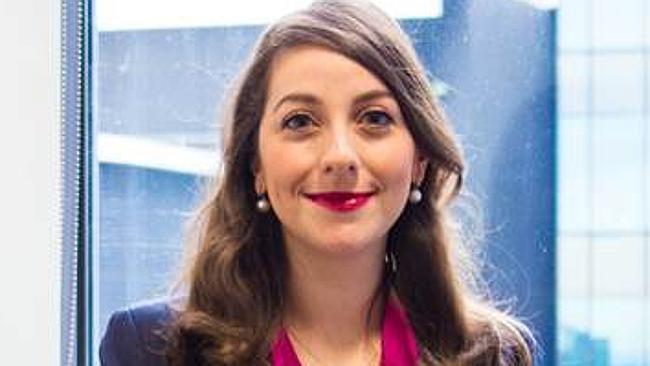Tattoos and work: it’s not all black and white
With one in seven Australians sporting a tattoo, workers need to be aware of their rights.

With one in seven Australians sporting a tattoo, McDonald Murholme employment lawyer Bianca Mazzarella says workers need to be aware of their rights and potential workplace discrimination.
A recent case where Qantas and Emirates turned away a job applicant because she had a tattoo the size of a 10c piece on her ankle has sparked debate over what is acceptable at work.
Mazzarella says the Equal Opportunity Act 2010 prevents discrimination on particular attributes including a person’s physical features.
“It may be considered reasonable for an employer to ask an employee to cover up a tattoo as long as it is not discriminatory against a particular employee for a protected attribute,” she says.
“If an individual has a tattoo that is linked to their ethnicity or religion and they are discriminated against because of that reason then they may submit a claim under the Equal Opportunity Act 2010.”
Mazzarella says employers often have policies regulating dress and appearance but they cannot discriminate on the basis of race, colour, gender, sexual orientation or age.
Personality traits
US-based COO Alliance founder and author Cameron Herold says businesses can increase meeting efficiency by identifying personality types.
Herold says there are four personality traits — dominant, expressive, analytical, and amiable — people encounter during any meeting, and learning how people operate can help move meetings and other business operations forward.
“Understand their strengths and weaknesses so you can address some of the natural pitfalls and mistakes,” he says.
One of the challenges is preventing the dominants and expressives from steamrolling the analyticals and amiables.
“Once you identify your type, you too can start developing your own tactics to address some of the issues you might face in a meeting,” he says.
In his book Meetings Suck, Herold says meetings are vital yet costly for companies and he offers tips to improve them.
STEM shortage
Randstad’s latest Workmonitor report shows a lack of science, technology, engineering and maths skills represents Australia’s biggest workforce concern, and more than half of those surveyed worry candidates are lacking the essentials.
The report shows 70 per cent of Australians believe it is harder for workers aged over 55 to acquire new skills, above the international average of 68 per cent, and well above other developed economies including the US and New Zealand.
Chief executive Frank Ribuot says retaining older workers and ensuring they have adequate skills is crucial.
Information changes
Research from Robert Half shows the role of the chief information officer at many companies is changing from an operational enabler to a strategic business partner.
On average Australian CIOs spend 56 per cent of their time on operational activities and 44 per cent on developing and managing strategic initiatives.
Robert Half found the three biggest challenges in a person’s role as a strategic business partner are a company’s ability to invest in technology and other resources, a lack of visibility in the organisation and skills shortages.
Australian CIOs also judged their skills to be in line with what they thought were required of a successful CIO, and their top three soft skills were leadership ability, analytical skills and strategic vision.
A Robert Half spokeswoman says the role of the CIO has evolved because of greater challenges posed by IT security and technology problems.



To join the conversation, please log in. Don't have an account? Register
Join the conversation, you are commenting as Logout